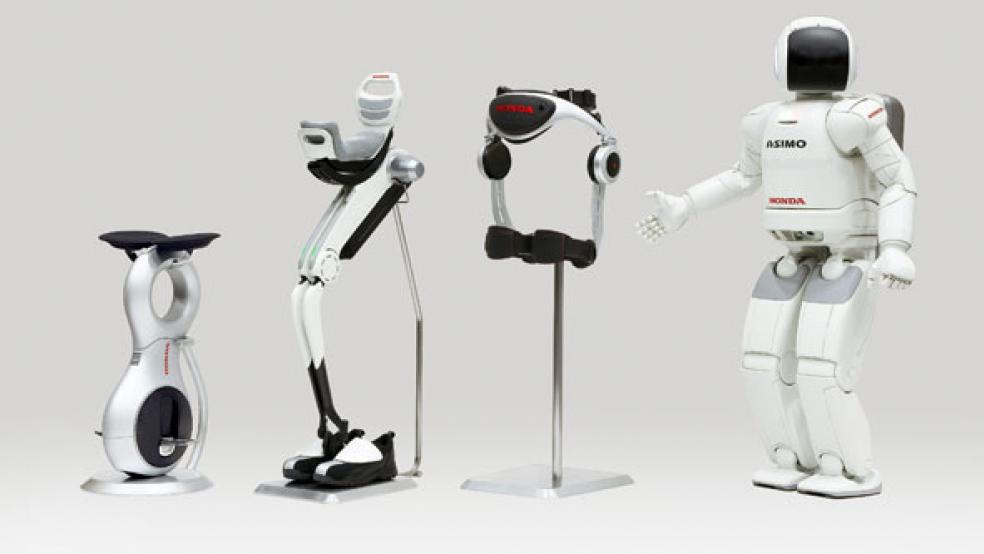As museums worldwide strive to draw in young people, Tate Britain could place itself at the cutting edge with a project for Internet viewers to drive robots around its galleries at weekends, shining lights and cameras on artworks that loom out of the dark. The robot idea is one of four finalists for the new Tate IK Prize. The winning project will become a reality by the summer.
"We wanted ways to use technology to increase our audience reach and new ways to connect people with art," said Jane Burton, the Tate's head of creative content.
Related: How Technology Can (Still) Shake Up the Classroom
Another finalist proposes reproducing the gallery as a version of the popular Minecraft videogame.
The visitor to the Tatecraft gallery could delve into game versions of some 25 works such as Atkinson Grimshaw's "Liverpool Quay by Moonlight," exploring shops and alleys, interacting with avatars, finding diaries and hearing snippets of conversation - all clues toward solving the game.
The projects were designed around a 20-room British art collection ranging from 1545 to the present. A panel of six high-profile figures in technology and art, including Wikipedia founder Jimmy Wales, picked the four finalists from 51 entries.
The winner, to be announced on February 6, gets a prize of 10,000 pounds ($16,400) and a budget of 60,000 pounds for the project. Members of the public have a chance to cast votes, adding up to a seventh vote, by midnight on Friday, January 24. (To see the presentations and vote: www.tate.org.uk/ikvote)
Forbidden Space
Matt Locke and Kim Plowright got the inspiration for their idea, #TateText, after the museum removed its traditional curator commentary from artworks.
Online conversation in no way resembles the curator's academic language, Locke said. "In the past four or five years, it is fascinating the different ways that people talk online, the kind of vernacular that people use."
Related: Why Robots May Not Ruin the Job Market
They plan a 10-week, story-telling campaign via tablets and mobile phones to create an audience for sharing snippets on the artworks such as facts and history, human interest stories and fiction, collecting the most interesting texts for a website. Evan Boehm's idea - a combination of animated film and game - came after he saw a boy running under an Anthony Caro sculpture.
In the animation, a mother takes her rambunctious eight-year-old son on a visit. At least one piece in every room offers viewers a chance for in-depth interaction, such as shaping a form in the style of sculptor Henry Moore. The more interest the viewer shows, the more information she provides.
With their robots, Tommaso Lanza, Ross Cairns and David Di Duca aim for something different from reproducing the normal visit to the Tate. "There is an adventurous element of breaking into a space where you are not really allowed," Lanza said.
Adam Clarke said his game project is "all about bringing fine art to the computer-game-playing public," attracting some of the 13 million users of Minecraft. He would use some of the funding to bring together artists in the United States and New Zealand and a storyteller in Europe, who would work with him on the game, to meet in person and see the actual Tate. The prize is funded by the Porter Foundation in memory of Irene Kreitman. ($1 = 0.6090 British pounds)




